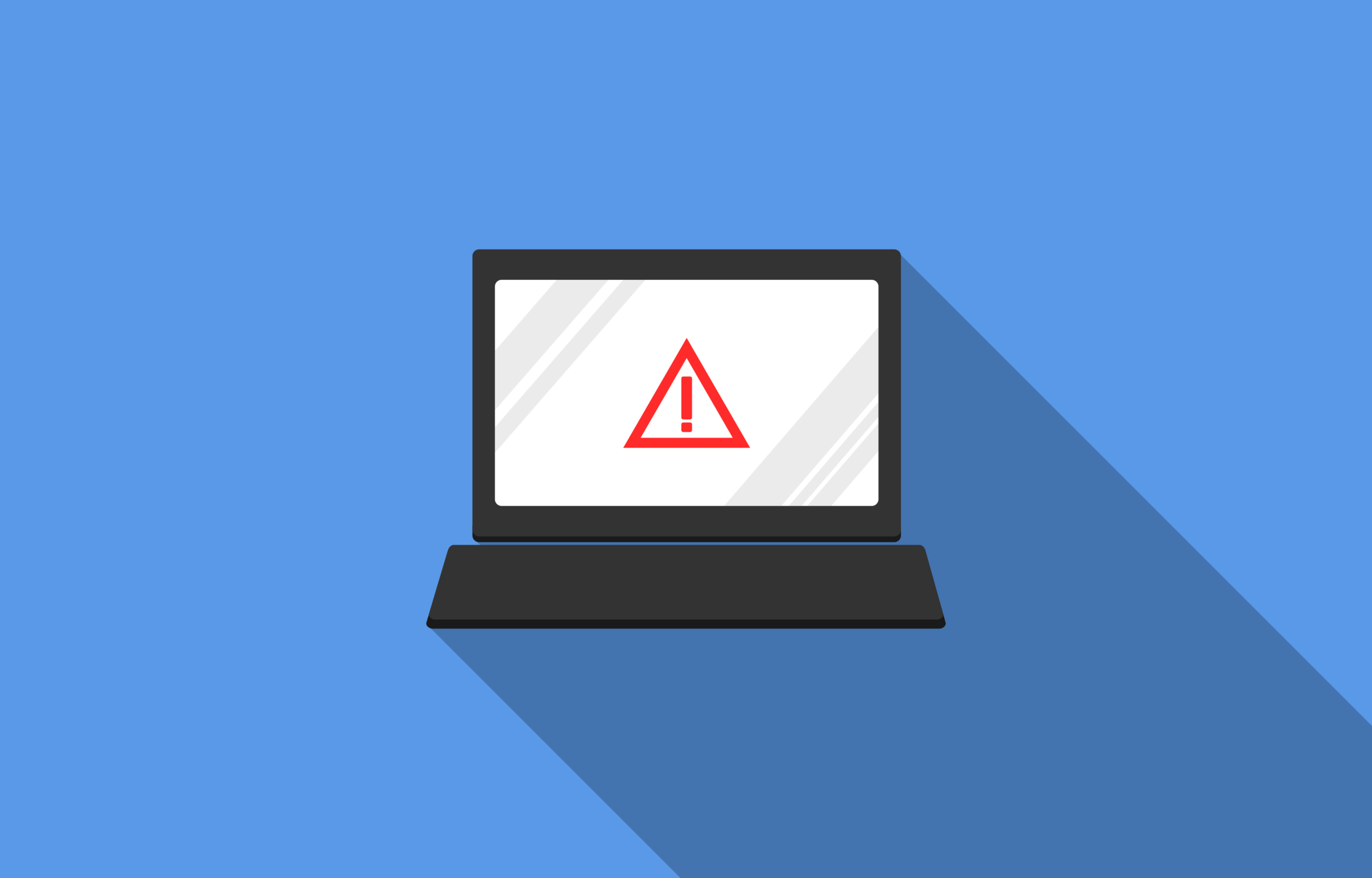
Africa is experiencing a sharp escalation in cyberattacks while global attention remains focused on high-profile incidents in developed nations. This disparity in awareness has created a dangerous blind spot that cybercriminals are increasingly exploiting, transforming the continent into a testing ground for sophisticated cyber threats.
The Scale of the Problem
Recent data paints a concerning picture of Africa’s cybersecurity landscape. Kenya experienced over 15,000 ransomware attacks in 2024, making it one of the most affected countries on the continent. This represents just the tip of the iceberg, with cybercrime costs in Kenya alone reaching KES 107.1 billion in 2023.
According to Allan Juma, Cyber Security Engineer at ESET East Africa, the continent’s rapid adoption of new technologies, combined with limited cybersecurity readiness, has created an ideal environment for cybercriminals. “Unlike developed nations, Africa hasn’t had the luxury of slow, steady infrastructure growth,” Juma explains. “We’ve had to adopt new technologies quickly, sometimes without the chance to fully understand or secure them.”
Cybersecurity Maturity Gap
The International Telecommunication Union’s Global Cybersecurity Index reveals the extent of Africa’s cybersecurity challenges. Only nine out of 54 African countries rank in the top two tiers of cybersecurity maturity. The countries achieving this recognition include:
Tier 1:
- Egypt
- Mauritius
- Ghana
- Kenya
- Rwanda
- Morocco
Tier 2:
- South Africa
- Zambia
This limited representation underscores how weak strategies and security gaps have created a low-risk environment for cybercriminals to operate with relative impunity.
The AI-Powered Threat Evolution
The rise of generative AI has significantly amplified cybersecurity threats across Africa. Malicious GPTs have been advertised on cybercriminal marketplaces, with functions ranging from automated penetration testing to malicious malware creation. This technological advancement is closely linked to the growing presence of ransomware-as-a-service (RaaS) operations across the continent.
Groups like FunkSec, connected to at least 10 confirmed ransomware incidents globally including several in Africa, are leveraging AI-powered malware to develop and upgrade ransomware at unprecedented speed. This approach democratizes cybercrime, allowing attackers regardless of technical skill to launch precise, hard-to-detect campaigns.
The Human Factor
Research indicates that 90% of data breaches in 2024 will include a human element, up from 74% in 2023. In Africa, this challenge is compounded by limited cybersecurity awareness and training programs. The continent has fewer than 300,000 cybersecurity professionals addressing growing cyber risks, leaving organizations increasingly vulnerable.
Women make up just 22% of the global cybersecurity workforce, while an estimated 2.5 million roles remain unfilled worldwide. This skills gap is particularly acute in Africa, where specialized cybersecurity education and training opportunities remain limited.
Rising Attack Sophistication
The sophistication of cyber threats targeting Africa has increased dramatically. Network security incidents affected 87% of businesses in the Middle East, Turkey, and Africa (META) region in 2024, making it the most common type of cybersecurity threat.
Valid credentials are now the primary attack vector, used in 56% of cyberattacks. Attackers are moving from breach to data exfiltration in just three days, emphasizing the critical importance of rapid response capabilities.
Economic Impact and Business Vulnerability
The financial implications of cybercrime in Africa are staggering. African businesses faced a 76% surge in cyberattacks, with Kenya witnessing an alarming 82% increase. This has prompted organizations to reassess their cybersecurity strategies fundamentally.
Recent high-profile attacks on major institutions like Equity Bank, which lost KES 179 million to cybercriminals in April 2024, demonstrate how unprepared businesses have become prime targets. The attack wasn’t isolated, with Kenya’s largest supermarket chain, Naivas, also falling victim to a serious ransomware attack.
The Path Forward
Addressing Africa’s cybersecurity challenges requires a multi-faceted approach that goes beyond generic solutions. As Juma emphasizes, “If we want to turn this around, cybersecurity must become a top priority for governments, businesses, and everyone in between.”
Key recommendations include:
Proactive Defense Strategies: Organizations must shift from reactive to proactive cybersecurity approaches, implementing comprehensive threat detection and response capabilities.
Cross-Border Collaboration: Initiatives like INTERPOL’s Operation Serengeti demonstrate the effectiveness of international cooperation in combating cybercrime.
Investment in Human Capital: Programs like Standard Chartered’s Women in Cyber Mentorship Programme represent crucial steps toward addressing the skills gap.
Regulatory Frameworks: African governments must develop and implement robust cybersecurity legislation and enforcement mechanisms.
Looking Ahead
The convergence of rapid digitalization, limited cybersecurity infrastructure, and sophisticated threat actors has created a perfect storm for cybercrime across Africa. However, this crisis also presents an opportunity for the continent to leapfrog traditional security approaches and implement cutting-edge, AI-powered defense systems.
Africa’s digital transformation journey doesn’t have to be synonymous with increased vulnerability. By prioritizing cybersecurity investments, fostering international cooperation, and developing local expertise, the continent can transform from a cybercrime testing ground into a model for digital resilience.
The stakes couldn’t be higher. As cyber threats continue to evolve and multiply, Africa’s response will determine whether its digital future is built on solid foundations or continues to rest on increasingly shaky ground.







